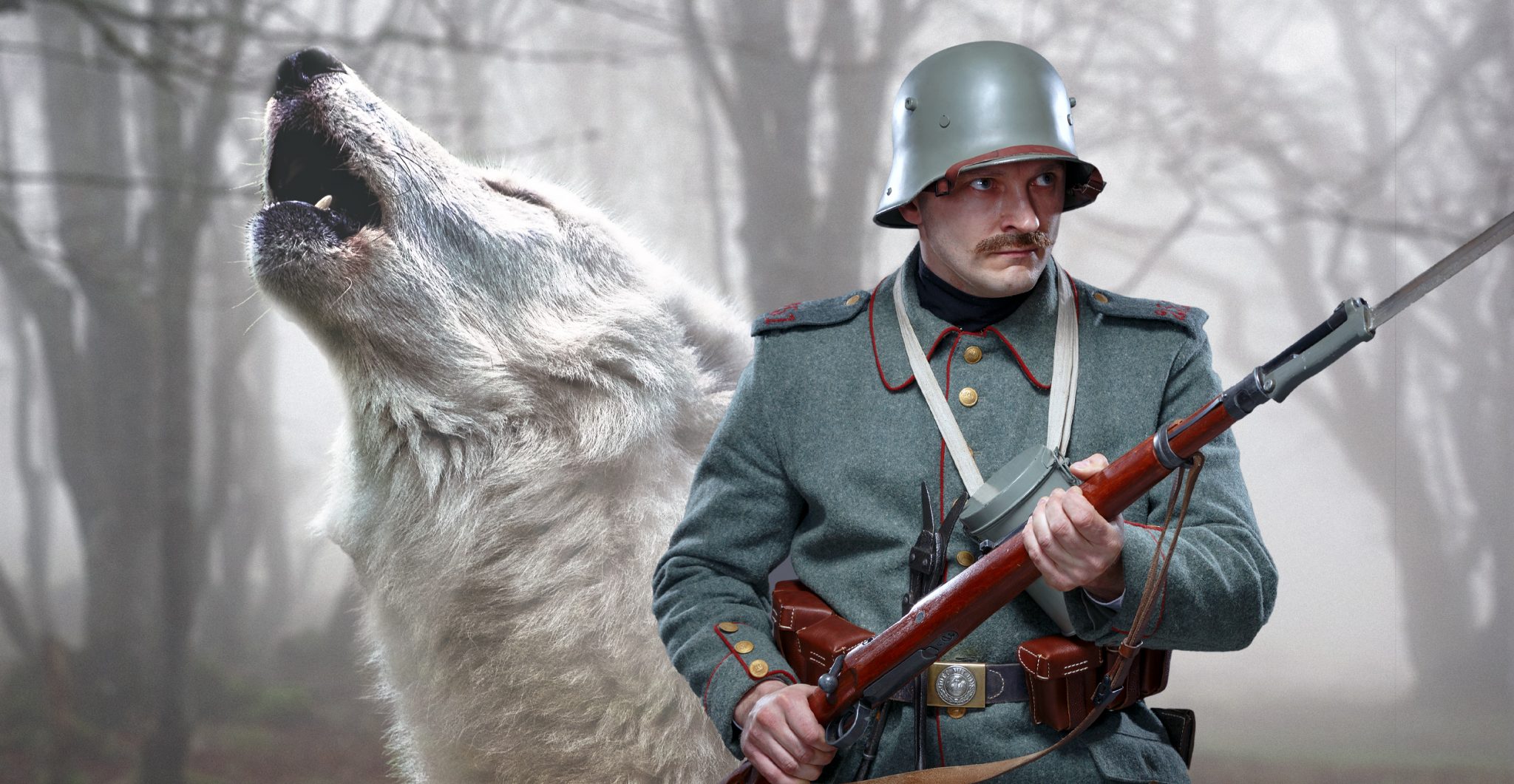The number of wolves was so great that new ones came in place of those killed every time.
The First World War was one of the most widespread armed conflicts in the history of humanity. During the war years, more than 70 million people were mobilized, including 60 million in Europe.
The total number of victims among those mobilized is estimated at 9-10 million people. Among the civilian population, the number of victims is estimated at 7-12 million people, and about 55 million people were injured.
Because of the First World War, the Russian, Austro-Hungarian, German, and Ottoman empires ceased to exist. In addition, this war served as a catalyst for a number of major revolutions.
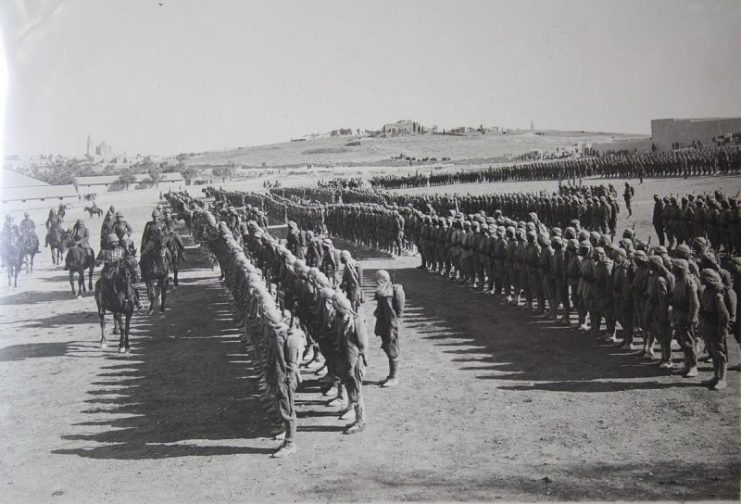
The consequences of the fighting during the First World War on the eastern front had an impact on the inhabitants of the animal world, such as wolves. The eastern front extended from the Black Sea in the south to the Baltic Sea in the north. Wolves had attacked livestock and people in various areas.
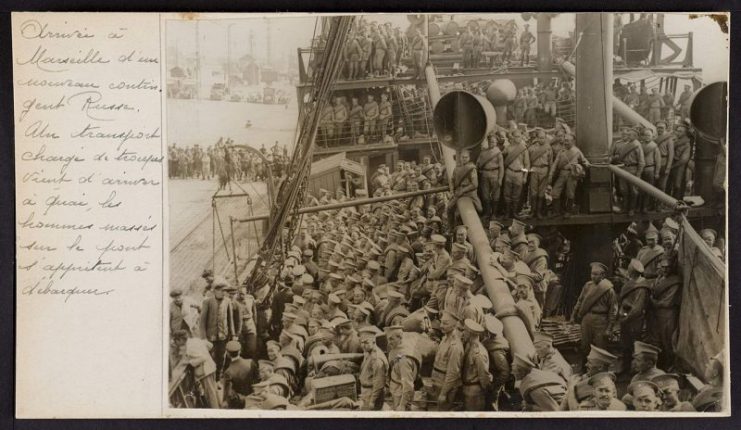
In February 1917, there was a message from Berlin stating that large packs of wolves had moved from the forests of Lithuania and Volhynia to the interior of the German Empire.
A report, which appeared in the El Paso Herald, said, “As the beasts are very hungry, they penetrate the villages and kill calves, sheep, goats, and other livestock. In two cases children have been attacked by them.”
During the winter of 1916-1917, in the area of Lithuania and Belarus in the Kovno-Wilna Minsk district (near modern Vilnius, Lithuania), starving wolves began to attack German and Russian soldiers. Prolonged hunger and despair had become stronger motivators for the animals than their fear of people.
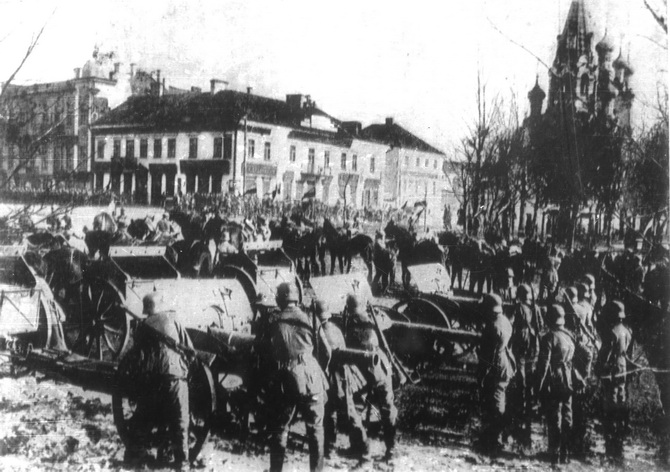
In this area, the number of wolves near the location of the armies and cities began to increase significantly. At first, packs of wolves attacked lonely victims, but soon they grew bolder and began to attack groups of soldiers.
During one of the battles, the Russian and German scouts saw that a large pack of hungry wolves had attacked and were eating the wounded soldiers. Seeing what was happening, the opponents immediately stopped the fight and jointly began to kill the predators.
In one of the messages of the newspaper Oklahoma City Times, it said, “Parties of Russian and German scouts met recently and were hotly engaged in a skirmish when a large pack of wolves dashed onto the scene and attacked the wounded. Hostilities were at once suspended, and Germans and Russians instinctively attacked the pack, killing about 50 wolves.”
After the attack was repulsed, all the soldiers separated and returned to their original positions.
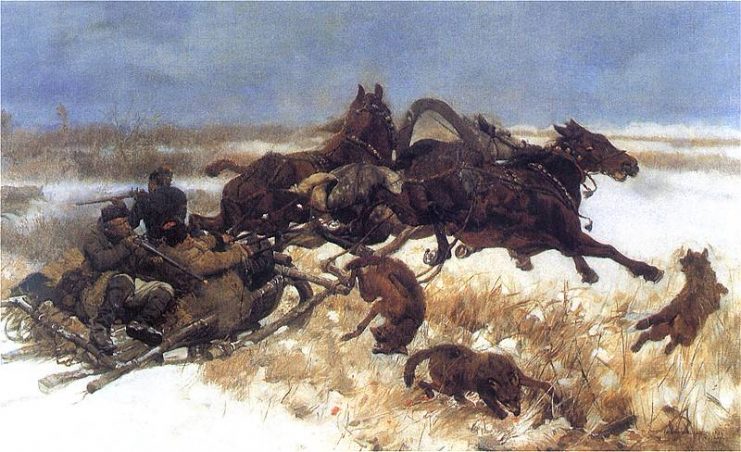
The wolf attacks did not end there but were repeated at the most inappropriate moments. The soldiers tried their best to kill the fearless and hungry animals. There were repeated attempts to poison the wolves or kill them with rifles, machine guns, and even grenades.
However, such efforts were only temporary and did not stop the attacks. The number of wolves was so great that new ones came in place of those killed every time. In addition, large Russian wolves are known for their aggressiveness which was, at that time, bolstered by hunger.
Based on the current situation, the commanders of the German and Russian armies were forced to announce a temporary truce and join forces to fight the wolves.
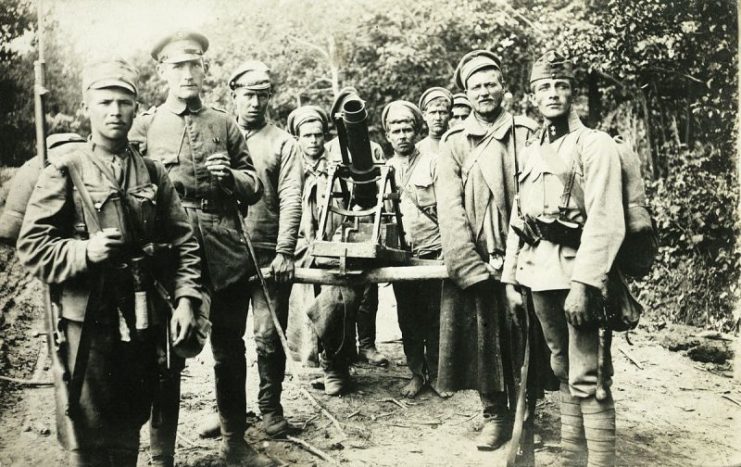
The New York Times report for July 1917 describes this incident:
“As a last resort, the two adversaries, with the consent of their commanders, entered into negotiations for an armistice and joined forces to overcome the wolf plague. For a short time, there was peace. And in no haphazard fashion was the task of vanquishing the mutual foe undertaken. The wolves were gradually rounded up, and eventually several hundred of them were killed. The others fled in all directions, making their escape from carnage the like of which they had never encountered.”
Thanks to the coordinated efforts, the soldiers managed to kill several hundred wolves and force the rest to scatter. After the predator problem was solved and the wolves no longer posed a threat to the troops, fighting resumed and all thoughts of cooperation were forgotten.
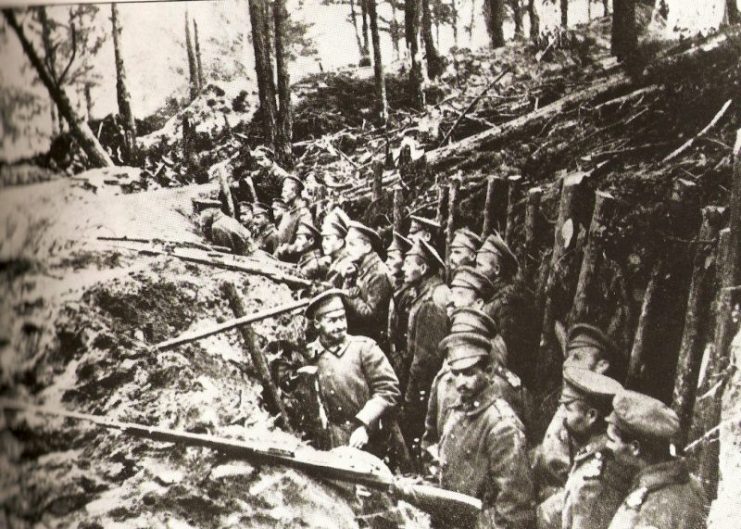
Nurse Natalia Linka in memoirs “Первая мировая война (1914–1918)” (in English, this translates as The First World War (1914–1918)), related an incident where she met with some wolves. On January 4, 1918, during the forced stop at the foot of the fortress of Hasan Kale, Turkey, there were ten people in a truck.
Natalya recalls, “Suddenly a lingering, grabbing for the soul, a howl cut through the deep silence of the night. It became terrible, but still we [pulled back the cover of] the entrance and looked out. Not far from us, on white snow, slowly a small pack of wolves passed, moving in [lines], one after another. They approached us, sometimes stopped and, lifting their muzzles up, howled softly and sadly.”
Seeing people, the wolves did not attack and disappeared. In a conversation with the truck driver, Natalya learned that “wolves have [changed] a lot, and they don’t have enough food. Sick and wounded soldiers die on the road, there is nobody to bury them, and they become prey to the beasts.” Perhaps it was the dead who saved their lives that night.
